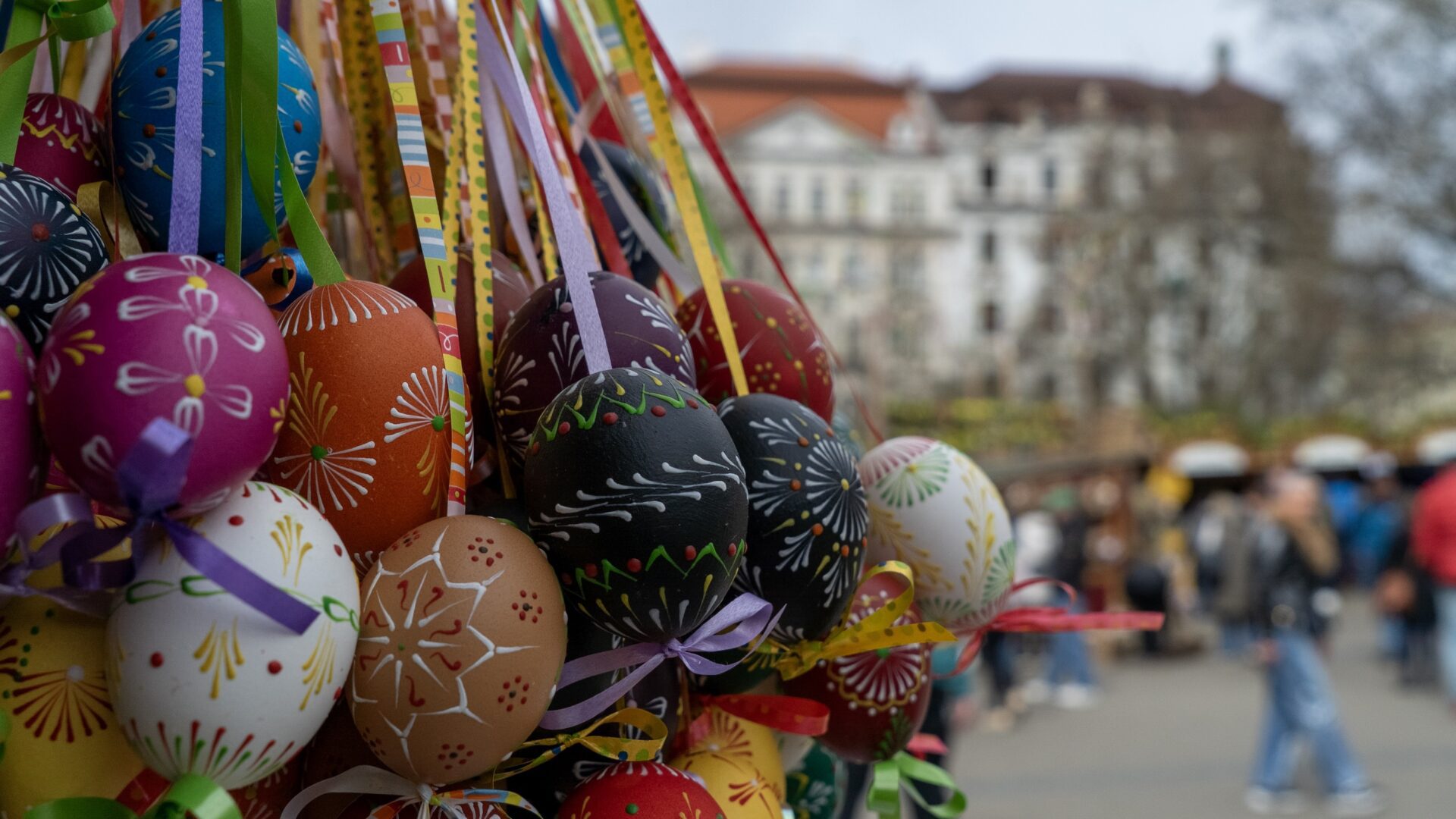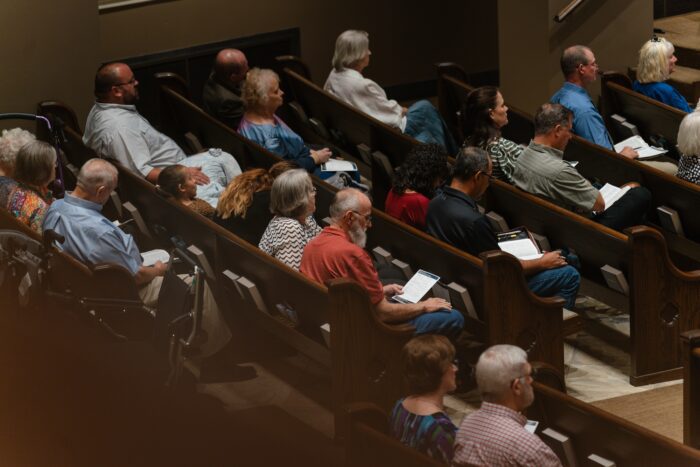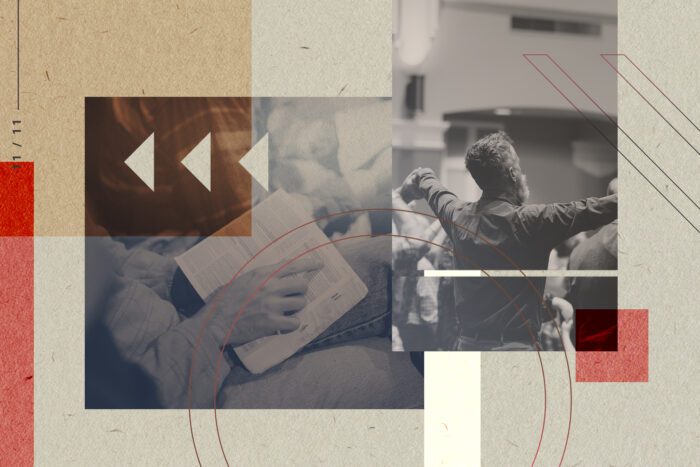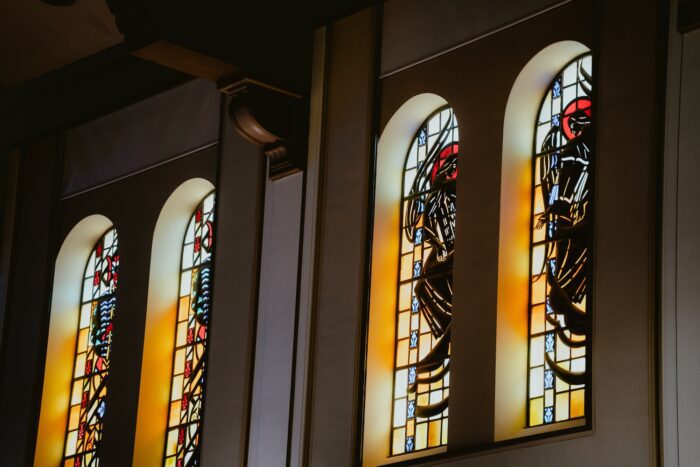It’s been a decade since I’ve celebrated Easter in America. When I think back on the holiday, I remember buying special pastel dresses for my daughters. Watching all the men of the church in their suits go out and hide eggs on the church playground. Brightly colored eggs peeking out from tufts of grass around the slide and swings. I remember trying to squeeze a giant ham into a slow cooker and inviting my whole family over for a huge meal that always ended in grandparents napping on the couch and kids emptying plastic grass from their Easter baskets onto the living room floor.
It wasn’t until we moved to Europe to serve with the International Mission Board (IMB) that I realized Easter was going to look different for our family. We were new missionaries, living in a new place with new-to-us Easter traditions. I had to consider, how do we want to celebrate Easter? What traditions do I want to hand down to my daughters? What do the symbols of my childhood traditions mean, anyway?
Springtime in the Czech Republic
The Czech Republic in the spring is no less enchanting than it was in the States, but the similarities end at warming temperatures and blooming flowers. We live in Prague and two weeks before Easter, the city is speckled with Easter markets. Some people know about Europe’s Christmas markets, but few realize that Prague brings the markets back for Easter, too. Instead of Christmas lights and evergreen garland, the wooden market stalls are decorated with red and yellow ribbons and sell intricately painted eggs and twigs that have been braided into whips. Whips?! That’s right — whips.
But they don’t use the whips until the Monday after Easter. I’m getting ahead of myself. Let’s back up and look at the entire week of Easter. We’ll get to the whips later.
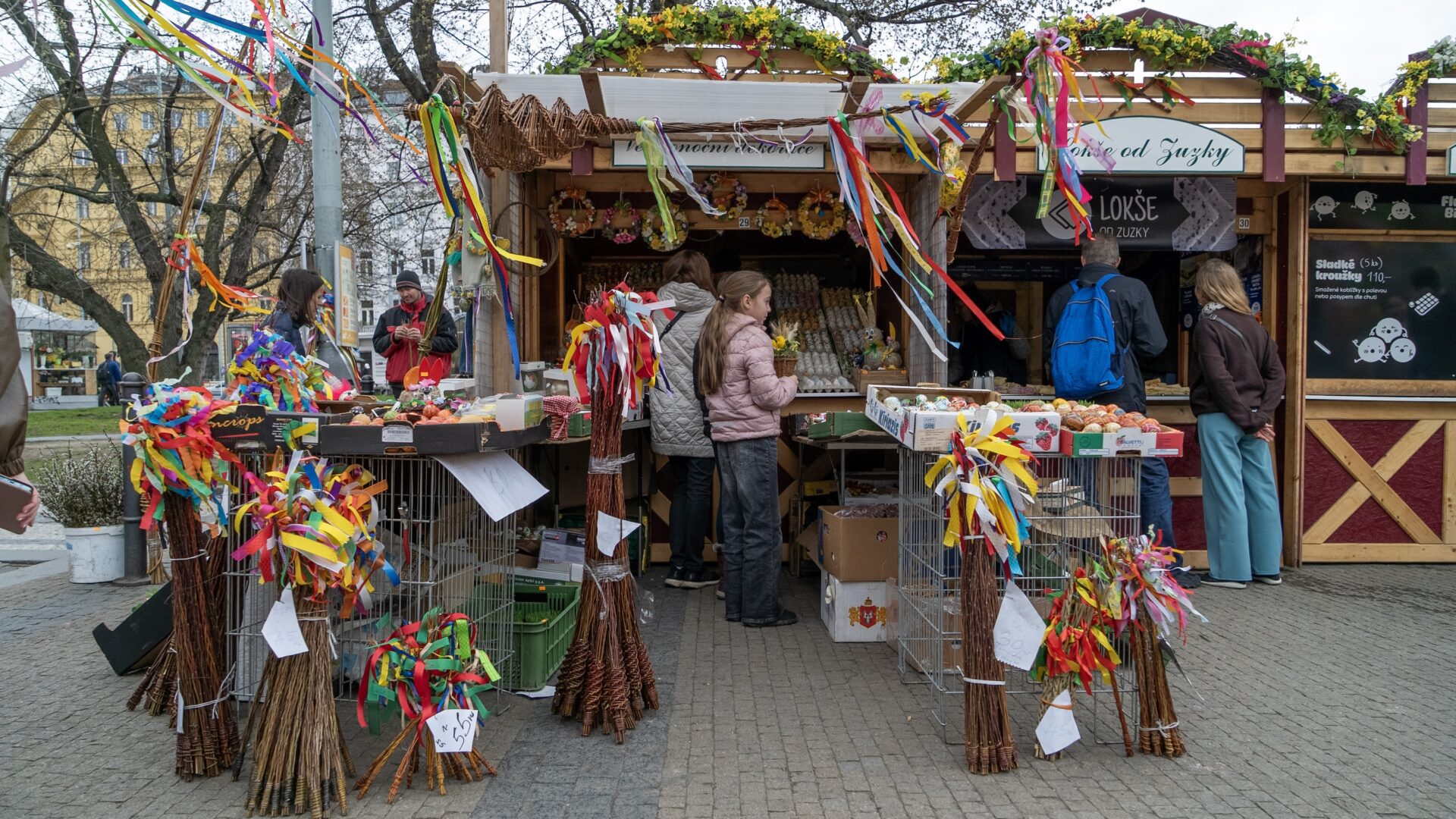
Holy Week in Prague
For most Czechs, the holiday begins with Ugly Wednesday. Czechs remember the day that Judas betrayed Jesus and bake knotted breads to represent the rope that Judas hanged himself with (things get dark over here, folks). Thursday is Green Thursday. It’s said that the “church bells fly to Rome” on that day to be blessed by the Pope. Czechs are encouraged to abstain from eating meat and eat green vegetables and drink green beer, instead. Since the fall of Communism in 1989, the Czech people have celebrated Good Friday with a day off from school.
The church bells are silent again on Saturday, known as White Saturday. The day is spent cleaning, baking, and decorating eggs that will be given out on Monday. Most Czechs will bake a beránek, a dense cake in the shape of a lamb. The Czech word for Easter is the same as the word for Passover. So, the lamb has dual meaning and represents both the sacrificial Passover lamb and Jesus as the Lamb of God. It’s said that lamb was a traditional meal on Easter, but during the Czech time under Communism, lamb was difficult to find and expensive to purchase, so families started baking the cake instead. Sunday is a regular day and might be spent with family, but Monday is the big celebration. Some villages get together for a large meal, but in the cities, families and friends might spend the day together. That’s also the day when the whips come into play (I promise, I’ll explain).
But while these daily celebrations are marked by the biblical account of Jesus’s betrayal and crucifixion, Czechs view the story as little more than a fairy tale.
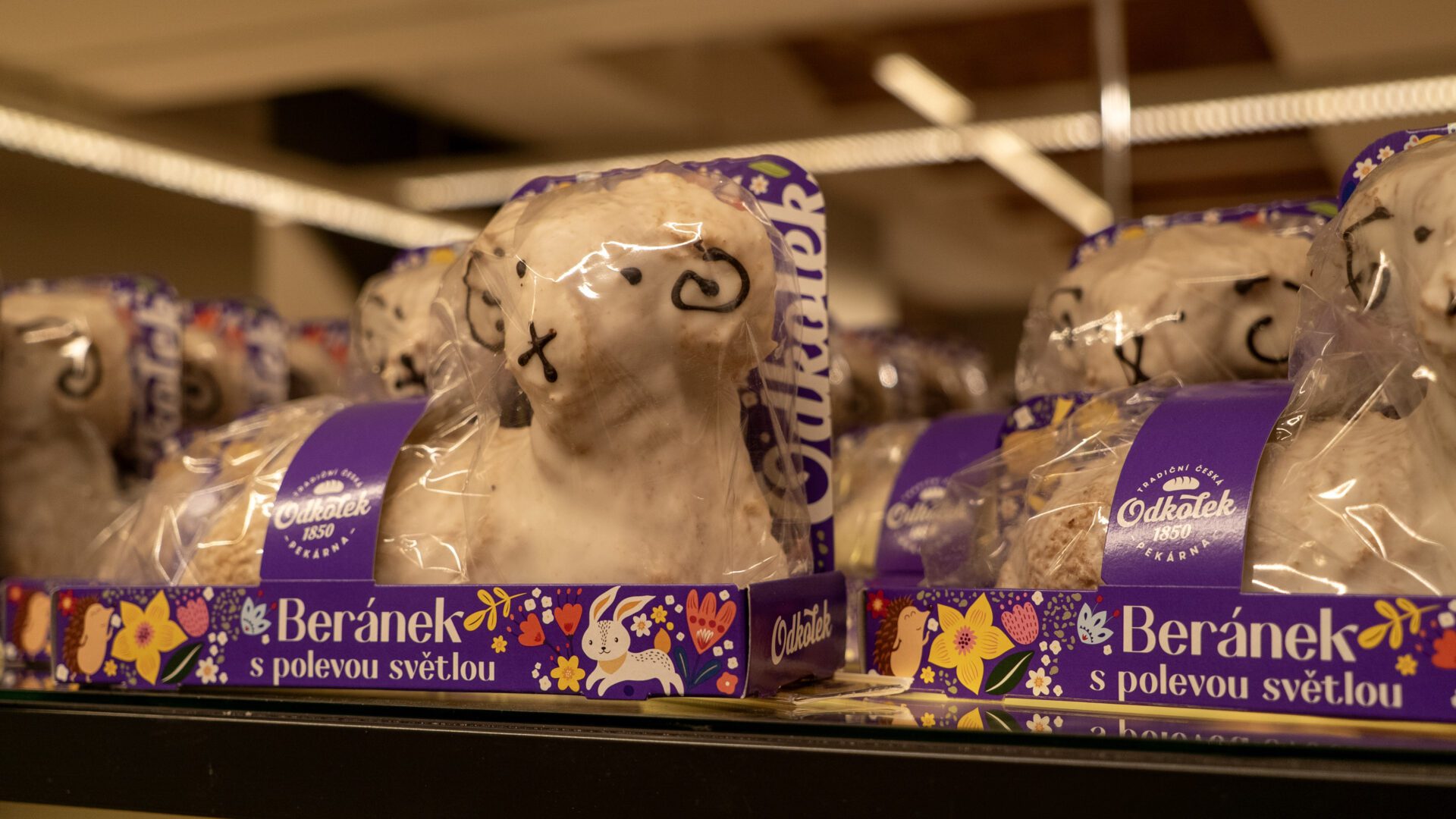
Hallowed History, Faded Faith
Given the area’s relation to pre-Reformation Christianity, you would expect rich and widely adopted Christian traditions in the Czech Republic. Jan Hus, a well-known reformer and a remarkable influence on Martin Luther, was from the region that is now the Czech Republic. In fact, there is a huge monument to Hus in the capital city’s Old Town square, Prague’s most famous tourist spot. Prague celebrates Hus’s life with a national holiday in July. Many churches and buildings in Prague display a golden chalice, which symbolizes the controversial Hussite claim that all believers should receive both the bread and the cup at Communion. And yet, Hus’s legacy has all but disappeared from the daily lives of modern Czechs.
After the Reformation, many Czechs associated themselves with Roman Catholic beliefs, but since then, the region has been through centuries of religious and political turmoil. In 1939, the region was given to the Nazis and occupied until the end of World War II. After the war, the country was ruled by the Soviet Union, whose anti-religious methodology oppressed most religious observances. Many of the Christian-inspired Easter traditions were reinterpreted as “spring-time celebrations,” and their symbolic meanings were not widely expressed. As a result, generations of Czech children have grown up not knowing or passing down the few religiously significant customs that are associated with Easter (or any other religious holiday). Instead, most traditions are integrated into the culture’s more popular pagan traditions that celebrate the beginning of spring, as well as the superstitions and rituals related to fertility, health, and harvest.


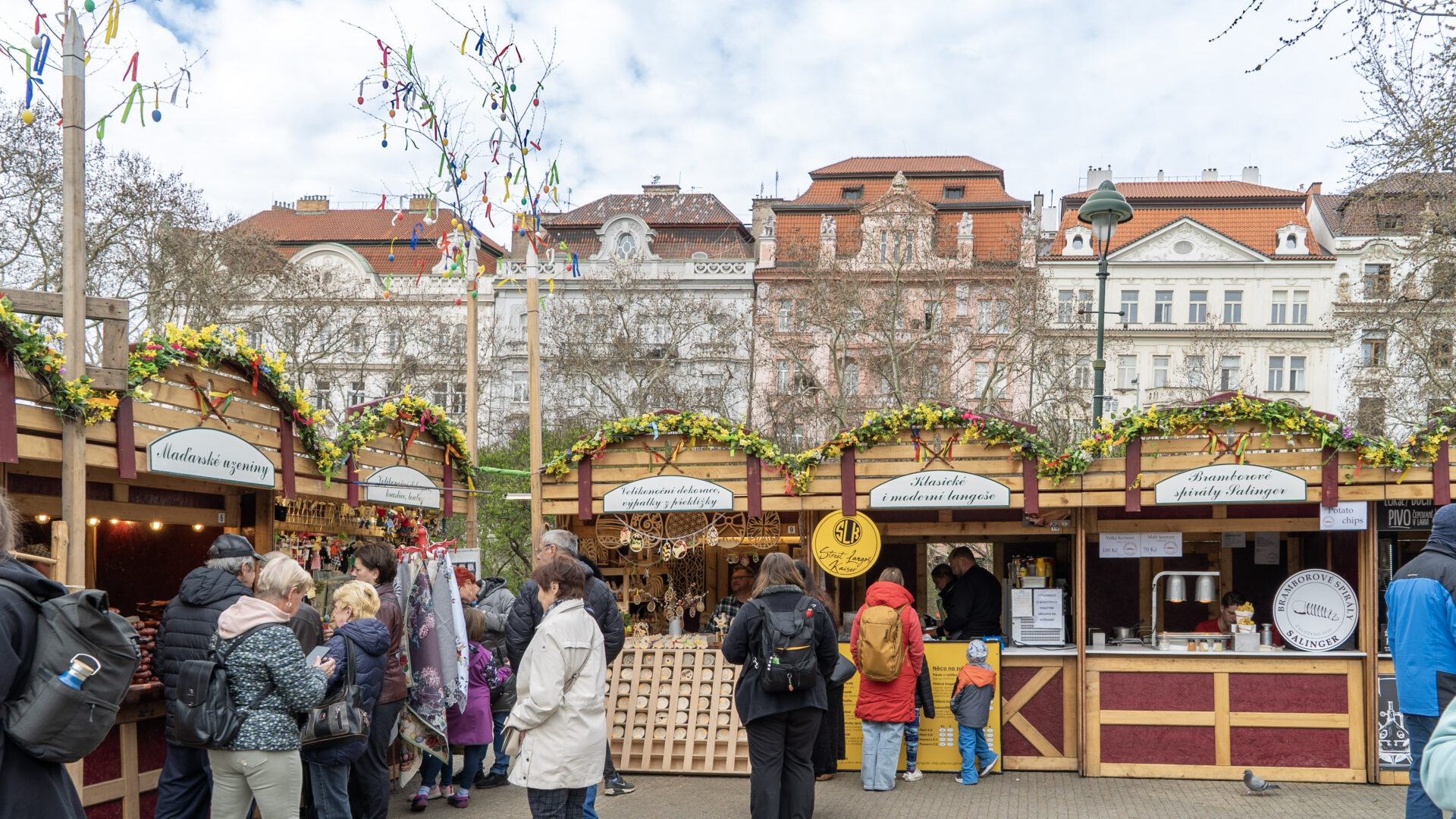

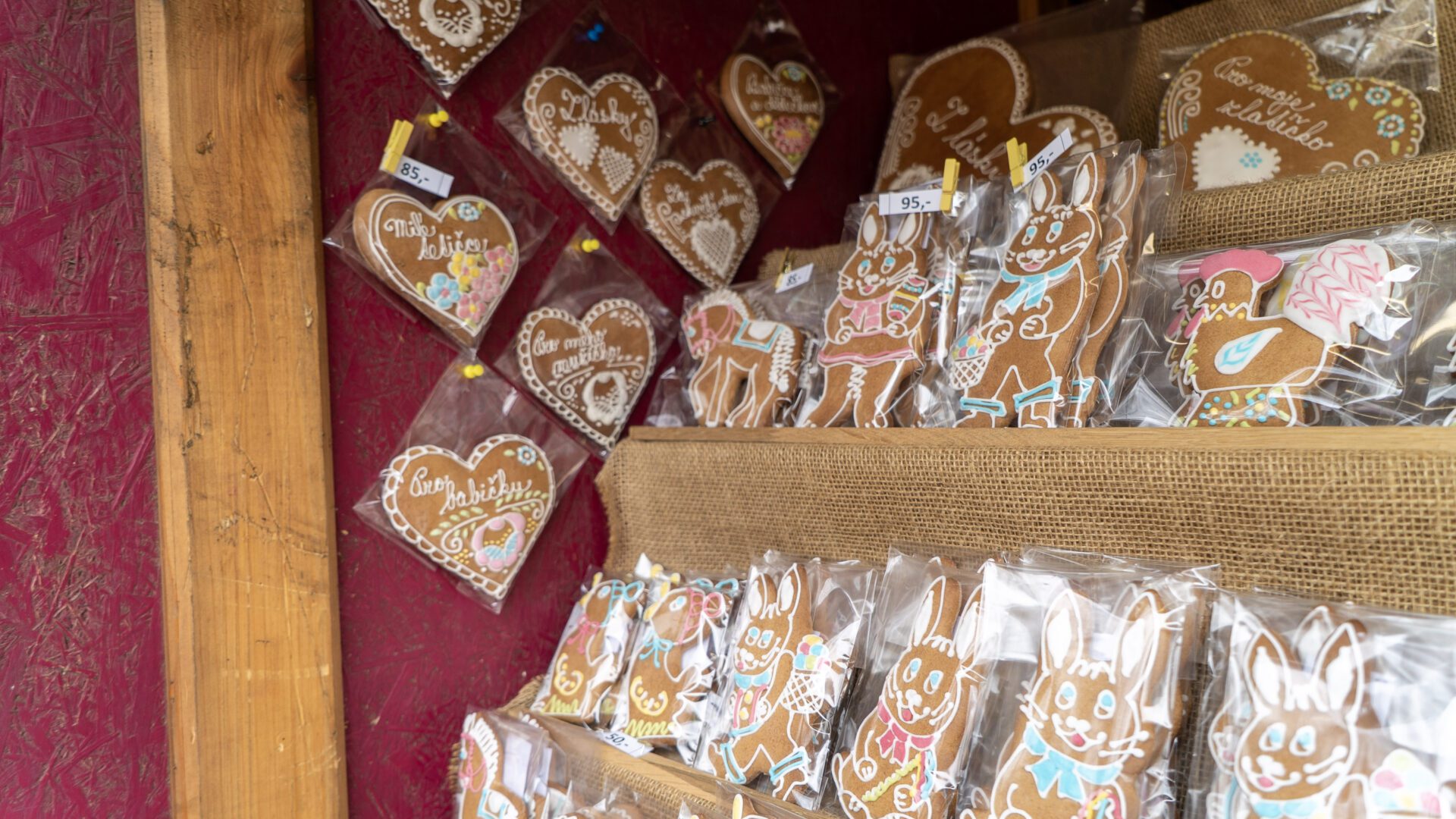
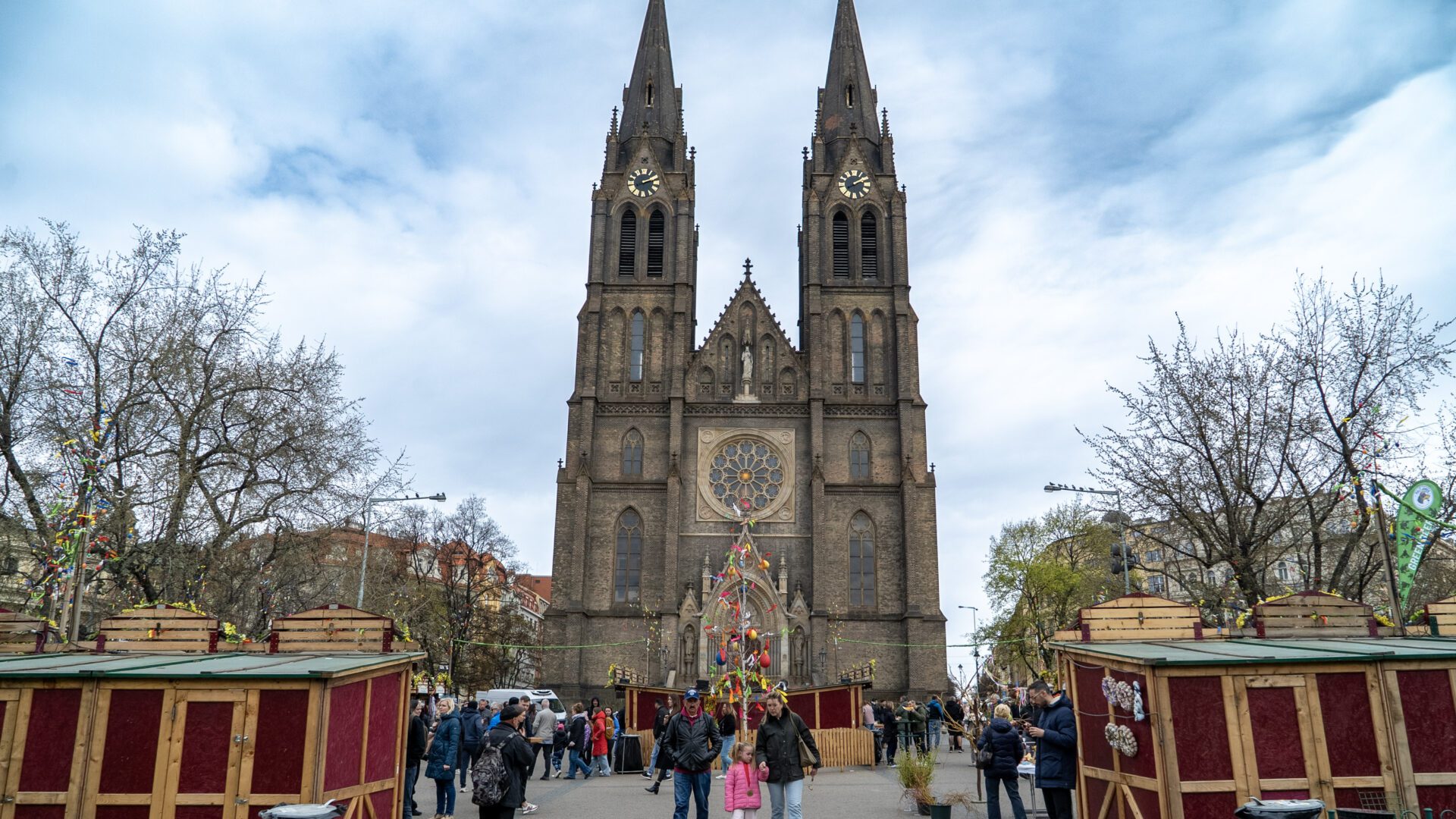
In the same way that cultural Christians in the United States miss the spiritual significance of the Christmas tree or the symbolism of exchanging gifts, Czech traditions have handed down the practices of the Easter holiday, but not their relation to the very real and significant story of Christ’s sacrifice on the cross. Biblical stories are given almost no authority or influence in modern Czech culture. Bibles are not widely found in bookstores or shops, and Bible stories have as little significance as children’s fables. Even at Christmas, you’ll see the nativity and Jesus at the center of Christmas markets, but few people appreciate the significance. Czechs view Jesus’s story like Americans view the claymation movie, Santa Claus is Coming to Town. It’s nothing more than a fun narration about a fictional character. In fact, Czechs don’t ask for presents from Santa, they write to baby Jesus.
Today, fewer than two percent of Czechs are evangelical Christians, and Czechs are much more likely to follow pagan traditions and celebrations instead of overtly Christian ones.
That’s where the whips come in.
We Pass on Our Priorities
The most known and celebrated Easter tradition in the Czech Republic is whipping young women. In villages, men make whips from willow branches and go around to their families and neighbors houses. The men knock on the door and greet the women of the house with a traditional song. Then, the men playfully whip the women to ensure they will remain young and beautiful. In some villages, the men also douse the women with water or cologne to ensure they will not “wilt.” The women thank the men by giving them a shot (usually of brandy, sometimes homemade!) and a treat like a painted egg or bite-sized snack.
Nothing to do with Jesus. No mention of the Resurrection. Just a yearly tradition handed down from superstitions about springtime and harvest.
And if American Christians aren’t intentional with our traditions, the meaning of Easter could fall to the same fate as Christianity in the Czech Republic.
American Christians, like Czech believers (or Christ-followers living anywhere around the world), must take intentional care to remember the eternal significance of our holiday celebrations. We must ask ourselves, “How is my faith involved in these traditions? What stories am I handing down to future generations of believers? Where does my faith intersect with the culture and what am I making a priority?”
If we don’t address these important questions, our faith will turn into fables and our traditions will fade into fantasy.
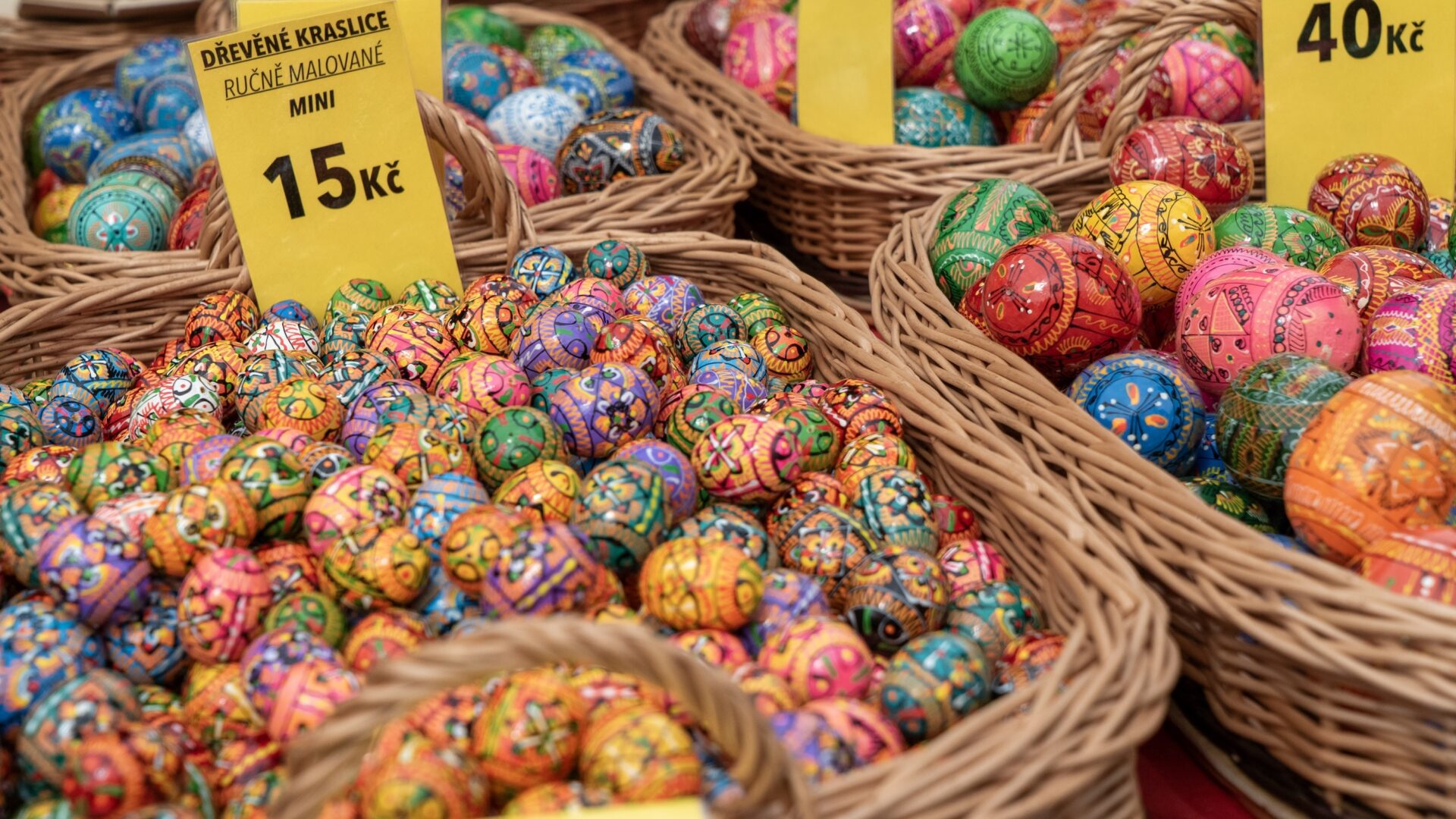
Photography courtesy of Samantha Conners, International Mission Board (IMB).



